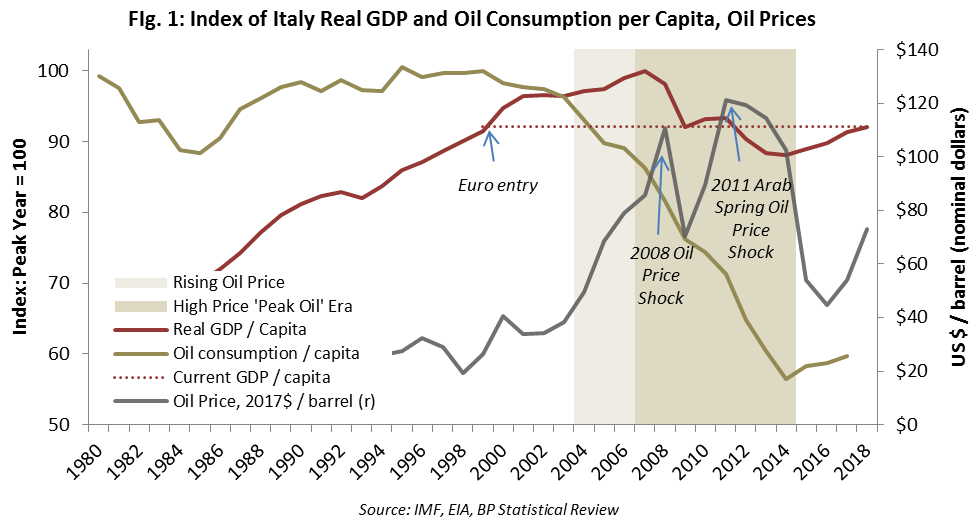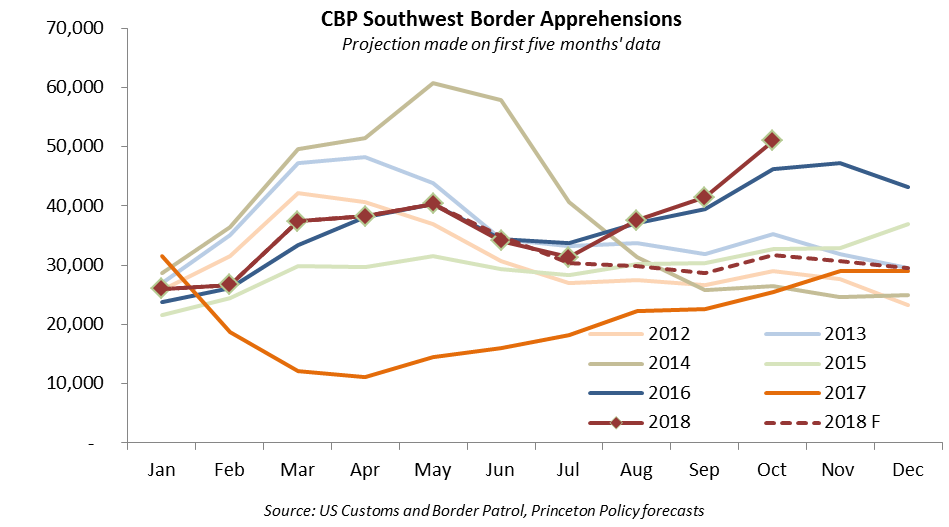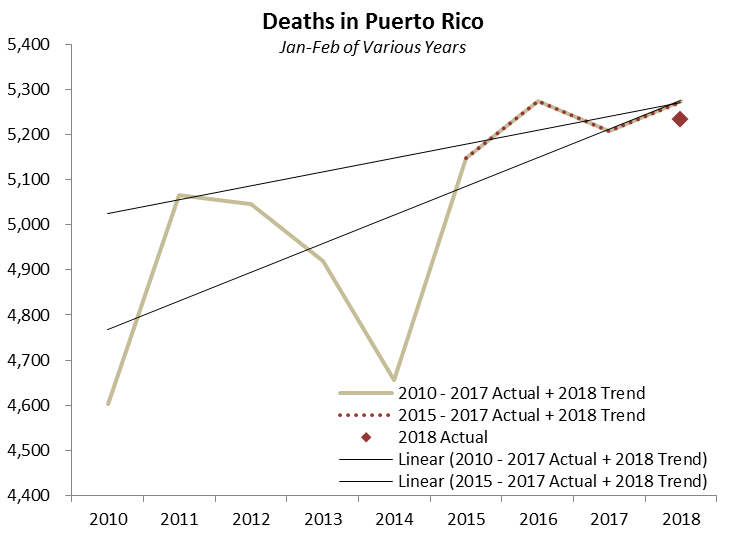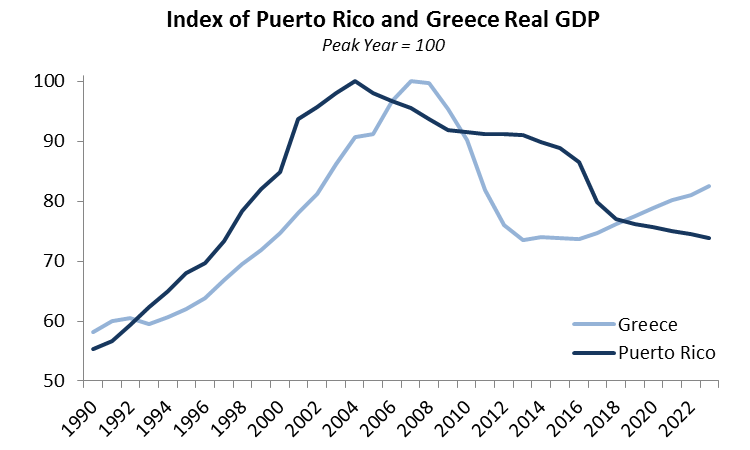On several occasions in the media recently, ideological terms have been used incorrectly, in our opinion. Given that we link economics to ideology and on to public policy, we have decided to draft a quick glossary of these terms as we use them and believe they are correctly, if idiosyncratically, defined:
Populist
Populism is not an ideology. It’s an approach to marketing an ideology.
As an adjective, the term populist means emphasizing the benefits of policy without mentioning the costs. It is possible to be a populist conservative, or a populist progressive, fascist or socialist. On the right, populist rhetoric includes phrases like “tax cuts will pay for themselves”, mathematically impossible except at very high levels of taxation and worth about $500 bn of deficit this coming year. On the left, populist rhetoric includes “free education” and “free healthcare”. Neither of these is free, not by a long shot.
Populism, therefore, implies policies which are inherently contradictory, insupportably expensive, or detrimental to the economy and society in the long run. The more extreme the ideology or proposed policy, the greater the need for populism. Populism will flourish when the economy is in distress and the elites are discredited, most notably during depressions.
In the media today, populism is regularly conflated with fascism. They are distinct, although we have been seeing the emergence of populist fascism.
Liberal and Libertarian
Prior to 1929 in the US (1917 in the UK), and to the present in economics, liberal meant pertaining to the rights and perspective of the individual, that is, to personal freedom. Historically, egalitarians (progressives, socialists) cohabited as the junior partner of the liberals on the left (not the right). With the rise of communism in Soviet Russia and the welfare state under FDR, the classical liberals were forced to the right to join the anti-communist coalition, but the term liberal stayed with the left, now meaning egalitarian.
The liberals were forced onto the island of ‘libertarianism’, a loathsome term for three reasons. First, it’s awkward to pronounce. Second, the left misappropriated the name of the true liberals and egalitarianism is most decidedly not liberal. And third, libertarianism typically ignores public goods and externalities which are an integral part of classical liberalism, essentially as laid down by Adam Smith. When using the term ‘liberal’, we typically mean ‘classical liberal’, but ‘classical’ will usually be added to the term for clarity.
Conservative
If liberal means pertaining to the individual, conservative means pertaining to the group and the rights and obligations of the group with respect to its members. Liberal means player, conservative means team. This is an idiosyncratic definition, as ‘conservative’ is usually taken to be ‘white, Christian and male’, but confusingly, can also be ‘Arab, Muslim and male’ in, say, Saudi Arabia. We avoid this problem by framing the concept of ‘conservative’ in terms of group vs individual dynamics, rather than as relating to any specific race, religion or organization.
Conservatism deals with rules, standards and norms which apply universally throughout the group (but not outside it). Respect, propriety and deference are all conservative values, and they apply to all members of the group, for example.
Fascist
Fascism is an extreme form of conservatism and implies that certain members of the group receive preferential or discriminatory treatment based inherent characteristics, typically race or religion. By this standard, both affirmative action and the Holocaust fall under fascism, although of course many feel that affirmative action has positive benefits and the Holocaust was the embodiment of hatred and evil. As we use the term, fascist does not mean Nazi or a member of a political party, but rather an ideology which deliberately discriminates against some group based upon unalterable characteristics, but without necessarily specifying the nature of the associated discriminatory policies. Fascism is based fundamentally on the concept of distinguishing ‘us’ from ‘them’. Whereas conservative deals with universal principles applicable to all members of a given group or society, fascism is particular in whom it favors and marginalizes. “No shoes, no shirt, no service.” That’s conservative. “No Mexicans.” That’s fascist.
Both conservatism and fascism give priority to the group over the individual and can be ‘illiberal’ as such. For conservatives, it is about who is allowed to steer the boat, where it is taking the passengers, and norms and standards on board. It is that for fascists, too, but fascists are throwing some of the passengers into the sea. As such, fascism is incompatible with ordinary civil rights, and involves, if pushed to its logical conclusion, the ceding of dictatorial powers to society’s leader. It also tends to devolve into open conflict, as those passengers slated for the waves are apt to rise up in rebellion.
All people have some fascist tendencies. We tend to prefer to live with and be governed by people like ourselves. This is the essence of self-determination, itself a fascist concept.
Egalitarian
If fascists define society in terms of inside/outside, egalitarians define it as up/down. Egalitarians want to increase the wealth and income of those below the median by taking it from those above the median. This makes good theoretical sense in a static world of declining marginal utility, that is, a poor man benefits more by gaining a dollar than a rich man loses by ceding it. Under such conditions, society as a whole is better off with redistribution because the gains to low income individuals are greater than the losses to high income persons. In a dynamic world, of course, redistribution reduces the incentive to work and conform to social norms, and converts income which would have been invested into income which was consumed.
Egalitarians come in ‘soft’ and ‘hard’ versions. Social democrats and progressives do not see wealth or a market economy as intrinsically bad, but want to move some of the gains at the top to help the bottom. By contrast, socialists and communists see wealth as inherently evil, and equality is as much about punishing the wealthy as helping the poor. Like fascism, socialism and communism involve coercion, because individuals are prevented from transacting voluntarily.
Egalitarianism has both liberal and conservative versions. Liberal egalitarianism takes the classically liberal ‘freedom to’ and modifies it with egalitarian ‘freedom from’. FDR’s famous Four Freedoms embodies just this extension. These included classically liberal freedom of speech and worship, augmented with the egalitarian ‘freedom from want’, the logic of which underpinned the expansion of the welfare state in the US.
Compassionate conservatism is the conservative version of egalitarianism. In this case, redistribution is top down from the hierarchy rather than bottom up from a proletariat revolution or taxation passed through a left-dominated legislature. All types of egalitarianism lead to high levels of social spending, but arise from differing motivations. One is about confiscation, the other about social obligation. Conservative egalitarians are often referred to as RINO’s, Republicans in Name Only.
Ideologies as Fundamental to the Human Condition
There is a tendency to equate ideology with political parties or team identity, Republicans versus Democrats or liberals versus conservatives.
We treat ideologies as the game theoretic result of social groups characterized by increasing returns to scale. If working as a team is better than working alone, then teams will exist, and they will require leadership, organization and an associated allocation of effort, risk and reward. The group member will routinely be conflicted between ‘being a team player’ and ‘looking out for Number One’. Duty and desire frequently clash, and there is no permanent resolution one way or the other.
Those at the bottom half of society who struggle to keep up will sooner or later turn to suasion in the hopes of influencing leadership to allocate some of the society’s resources their way. Whining is the strategy of the egalitarian.
Conservatism, liberalism and egalitarianism exist because of increasing returns to scale. The resulting politics are inherent to any group or organization. The challenge, therefore, is not to defeat a competing ideology, but to manage a portfolio of ideologies. It is possible to turn conservatives into fascists, and fascists into liberals. It’s all about understanding how the levers work.

































